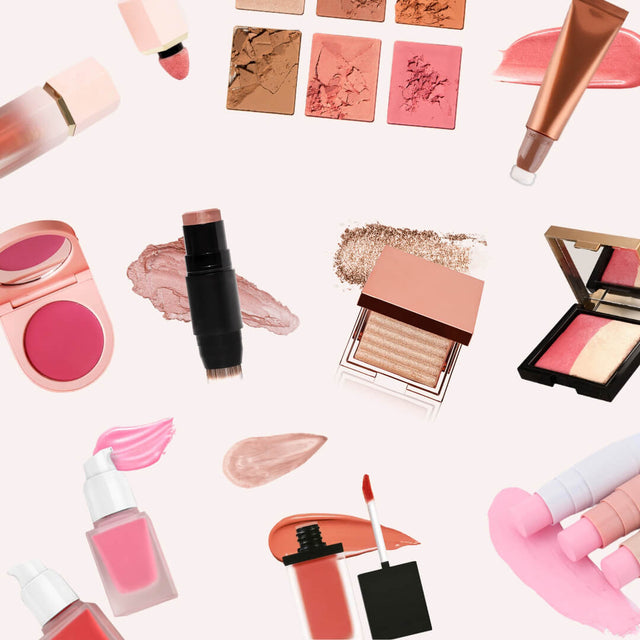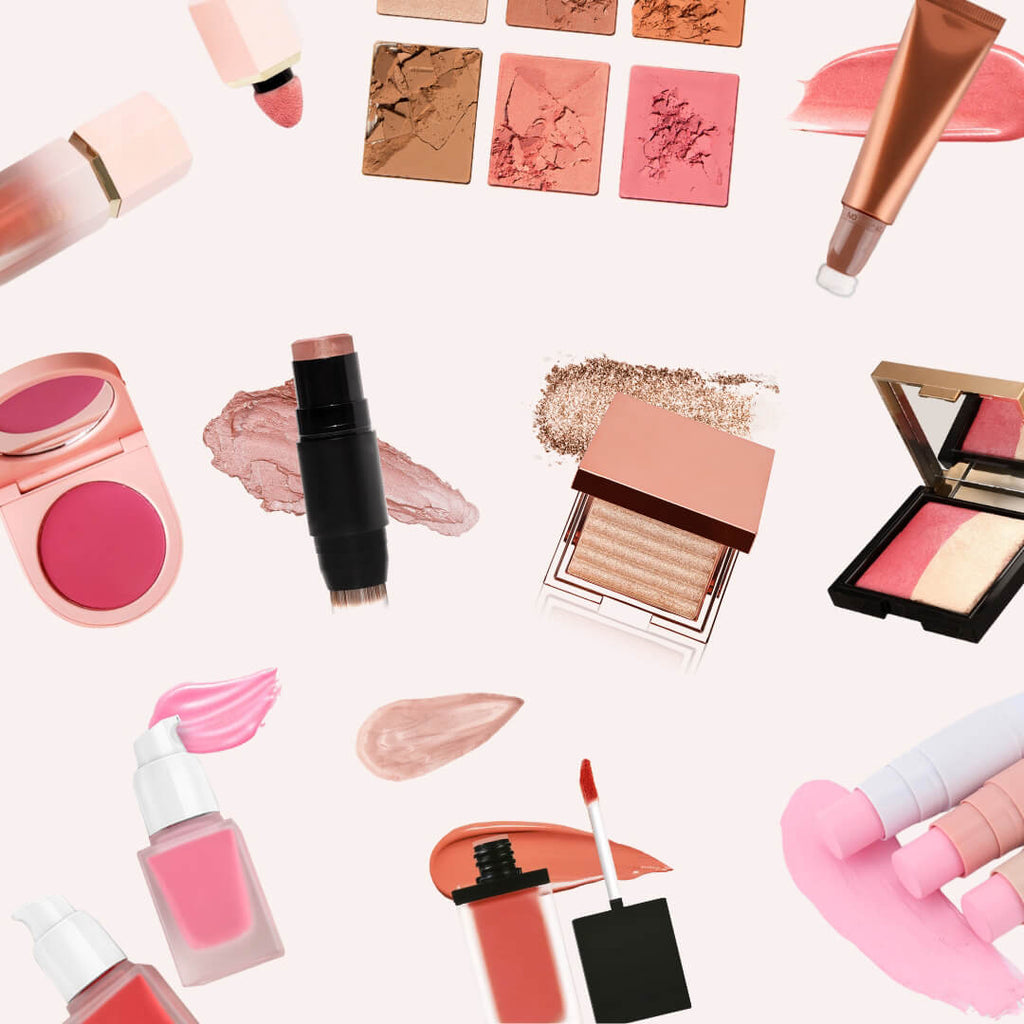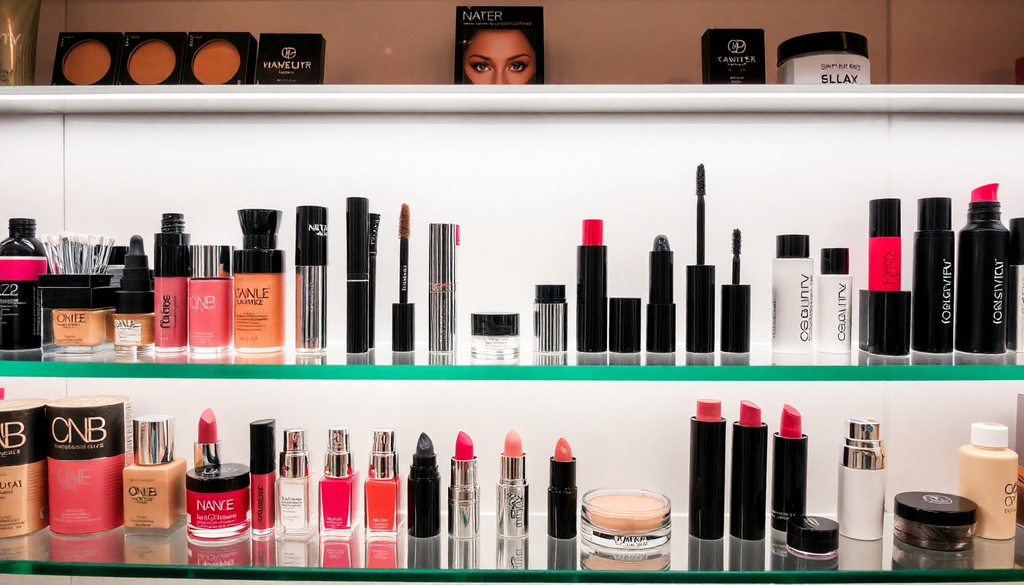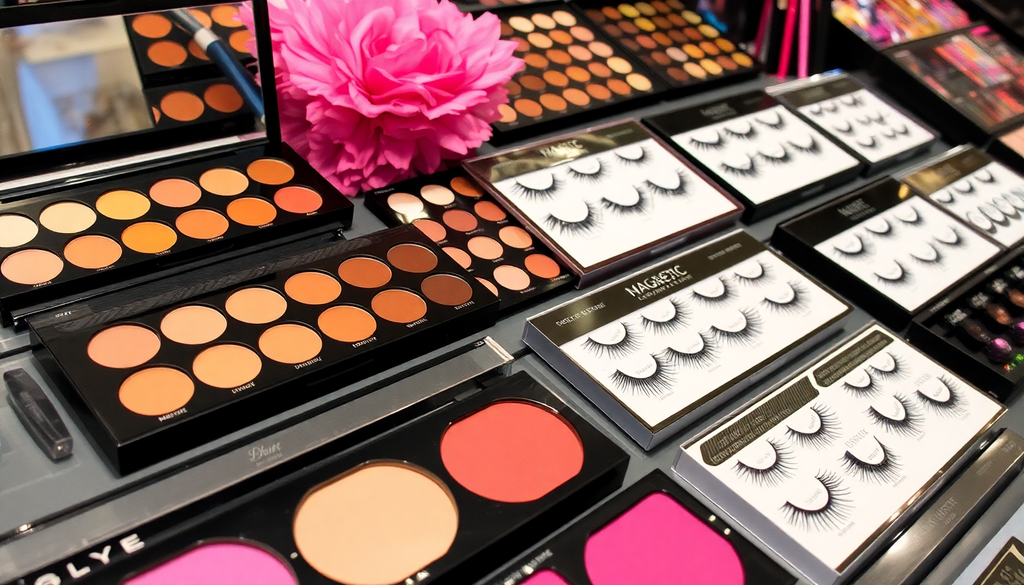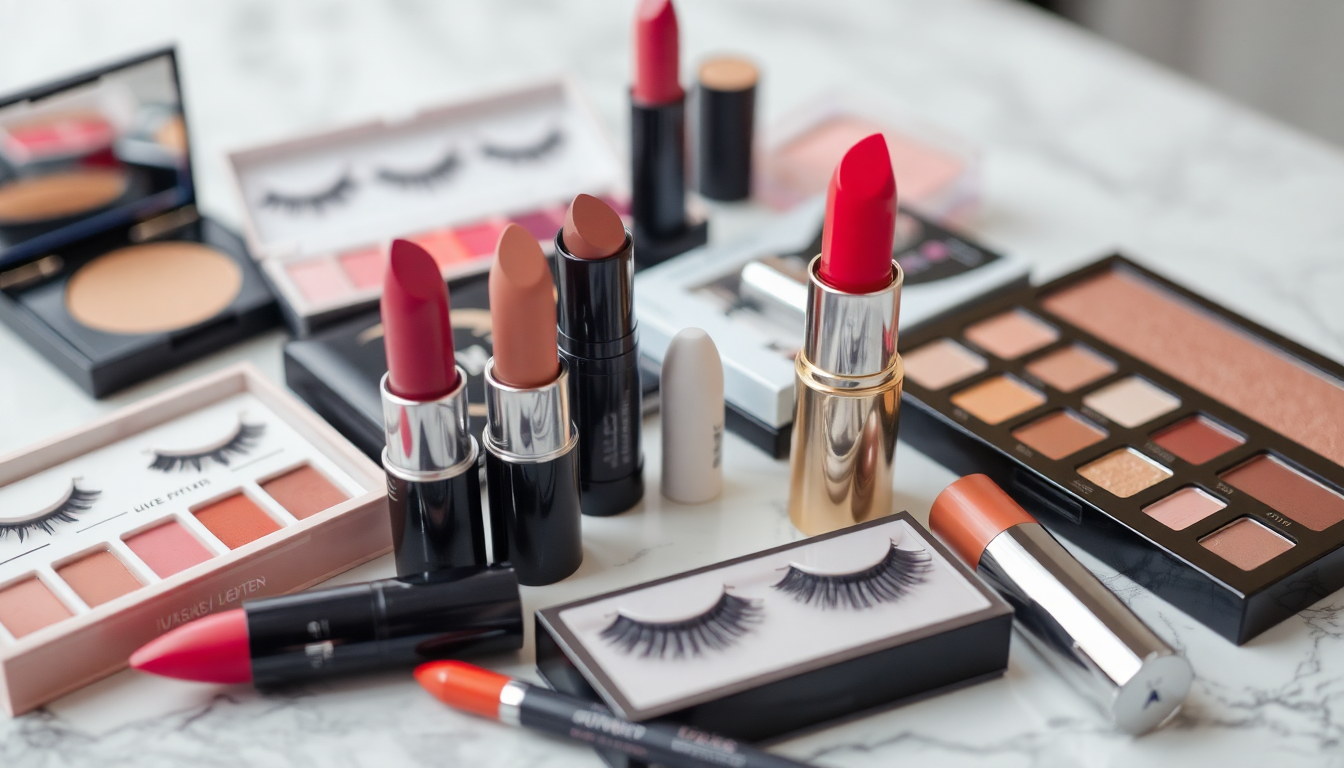
Essential Steps to Launch Your Private Label Makeup Brand: From Eyelash Packaging to Lipstick Without Minimum Orders
Introduction
Starting your own private label makeup brand can seem daunting, but with the right steps, it can be a rewarding venture. The beauty industry is thriving, and private labeling offers an opportunity to create unique products without the hassle of manufacturing. This guide will walk you through the essential stages of launching your brand, from sourcing products without minimum orders to marketing strategies that will help you stand out in a competitive market.
Step 1: Research the Market
Understanding the current makeup market is crucial. Conducting thorough market research will give you insights into consumer preferences and trends. Here are some key points to consider:
- Identify Your Target Audience: Determine who your ideal customers are based on demographics, preferences, and purchasing behaviors. Are they teenagers, young adults, or professionals?
- Analyze Competitors: Study successful brands in your niche. What products do they offer? How do they position themselves in the market?
- Study Trends: Keep an eye on emerging trends in the beauty industry, such as clean beauty, vegan products, or customizable makeup.
Step 2: Choose Your Niche
Deciding on a niche will help you focus your efforts and make your brand more appealing. Some popular categories to consider include:
- Eyelash Products: Eyelash extensions, false lashes, and eyelash serums are in high demand.
- Lipsticks and Lip Glosses: The lip product category offers a wide range of options, from matte to glossy finishes.
- Foundations and Concealers: These products cater to various skin tones and types, making them essential in any makeup line.
- Eye Shadows and Eyeliners: Create palettes that appeal to different styles and preferences.
Step 3: Find a Reliable Supplier
Finding a trustworthy supplier is one of the most critical steps in launching your brand. Look for suppliers that offer private labeling with no minimum order requirements. Here are some factors to consider:
- Product Quality: Request samples to ensure the quality meets your standards.
- Supplier Reliability: Check online reviews and testimonials from other businesses.
- Shipping Policies: Understand their shipping options, costs, and delivery times to avoid delays.
- Customization Options: Verify if the supplier can accommodate your unique packaging and branding needs.
Step 4: Understand Cosmetic Regulations
Each country has its own cosmetic labeling and import policies. It’s essential to ensure compliance to avoid legal issues. Here’s what you need to know:
- Research Local Regulations: Familiarize yourself with the regulations in your target market. For example, the FDA governs cosmetics in the USA, while the EU has its own set of strict guidelines.
- Obtain Necessary Certifications: Depending on your products, you may need certifications such as cruelty-free, vegan, or organic.
- Labeling Requirements: Learn about ingredient disclosure, usage instructions, and safety warnings that must be included on your product labels.
Step 5: Develop Your Branding
Your brand identity is vital for standing out in the crowded makeup market. Focus on the following:
- Creating a Memorable Brand Name: Choose a name that reflects your brand’s personality and is easy to remember.
- Designing Eye-Catching Packaging: Invest in professional packaging design that resonates with your target audience.
- Establishing a Unique Value Proposition: Clearly articulate what sets your brand apart from competitors, whether it’s product quality, ingredient sourcing, or packaging sustainability.
Step 6: Set Up Your Online Store
Building an online presence is essential for selling makeup. Here are key points to consider when setting up your e-commerce store:
- Choosing an E-Commerce Platform: Evaluate platforms like Shopify, WooCommerce, or BigCommerce based on their features, ease of use, and scalability.
- Creating an Appealing Website Design: Ensure that your website is visually appealing, user-friendly, and mobile-responsive.
- Implementing Secure Payment Options: Offer multiple payment methods to provide convenience to your customers.
- Incorporating SEO Best Practices: Optimize your website for search engines by using relevant keywords, meta tags, and high-quality content.
Step 7: Create Compelling Product Descriptions
Product descriptions play a crucial role in converting visitors into customers. Make sure to:
- Highlight Key Ingredients: Explain the benefits of the ingredients used in your products.
- Include Usage Instructions: Provide clear instructions on how to use each product effectively.
- Incorporate SEO Keywords: Use relevant keywords to help your product pages rank higher in search results.
Step 8: Market Your Brand
Effective marketing strategies can help you reach your audience and build brand awareness. Consider the following:
- Utilizing Social Media: Platforms like Instagram, TikTok, and Facebook are crucial for beauty brands. Share high-quality images, tutorials, and user-generated content to engage your audience.
- Collaborating with Beauty Influencers: Partner with influencers who align with your brand to reach a wider audience and gain credibility.
- Running Targeted Online Ads: Use Facebook and Google Ads to reach potential customers based on their interests and behaviors.
- Creating Engaging Content: Share blog posts, videos, and tutorials that showcase your products and provide value to your audience.
Step 9: Build a Community
Creating a strong community around your brand can foster loyalty and encourage repeat purchases. Here’s how to build a community:
- Encourage Customer Reviews: Ask customers to leave reviews and share their experiences with your products.
- Engage with Your Audience: Respond to comments and messages on social media to build relationships with your customers.
- Create a Loyalty Program: Offer incentives for repeat purchases, such as discounts or exclusive access to new products.
Step 10: Monitor and Adapt
Once your brand is launched, it’s important to continuously monitor its performance and make necessary adjustments. Consider the following:
- Analyze Sales Data: Use analytics tools to track sales trends and identify which products are performing well.
- Gather Customer Feedback: Regularly seek feedback from customers to understand their needs and preferences.
- Stay Updated on Industry Trends: Keep an eye on emerging trends in the beauty industry to adapt your product offerings and marketing strategies.
Conclusion
Launching your private label makeup brand is achievable with the right approach and commitment. By following these essential steps, you can create a successful business without the burden of minimum orders. As you embark on this exciting journey, remember to stay true to your brand values, prioritize quality, and connect with your audience. Start your journey today, and watch your makeup brand flourish!

